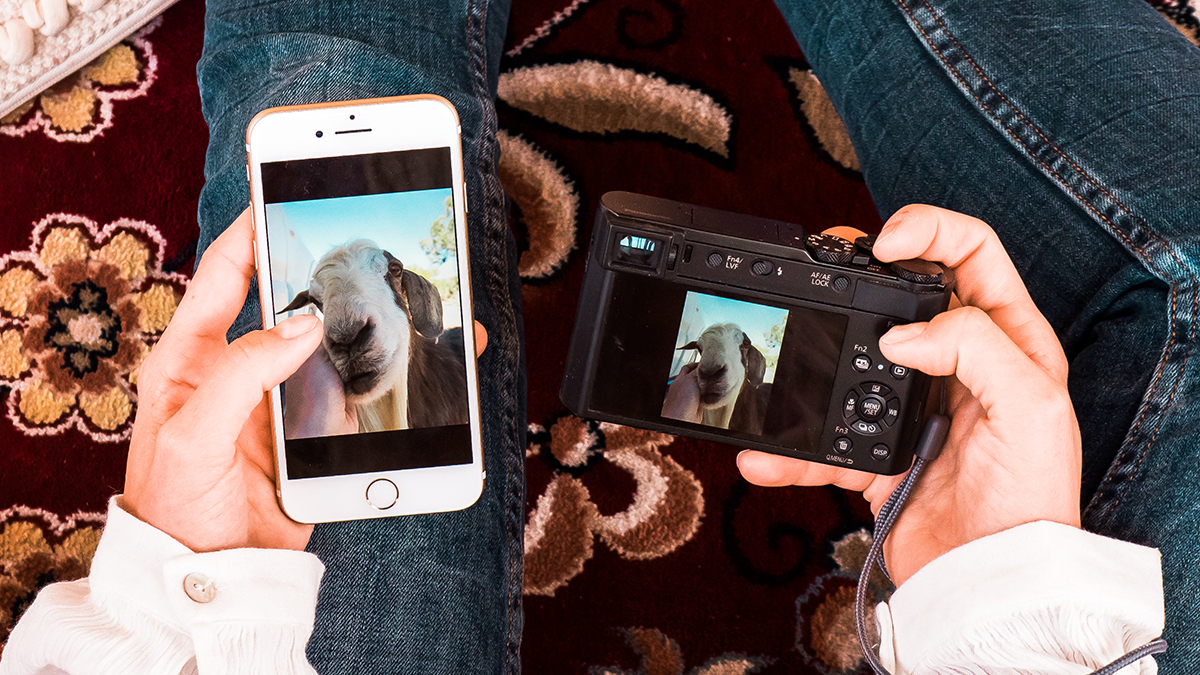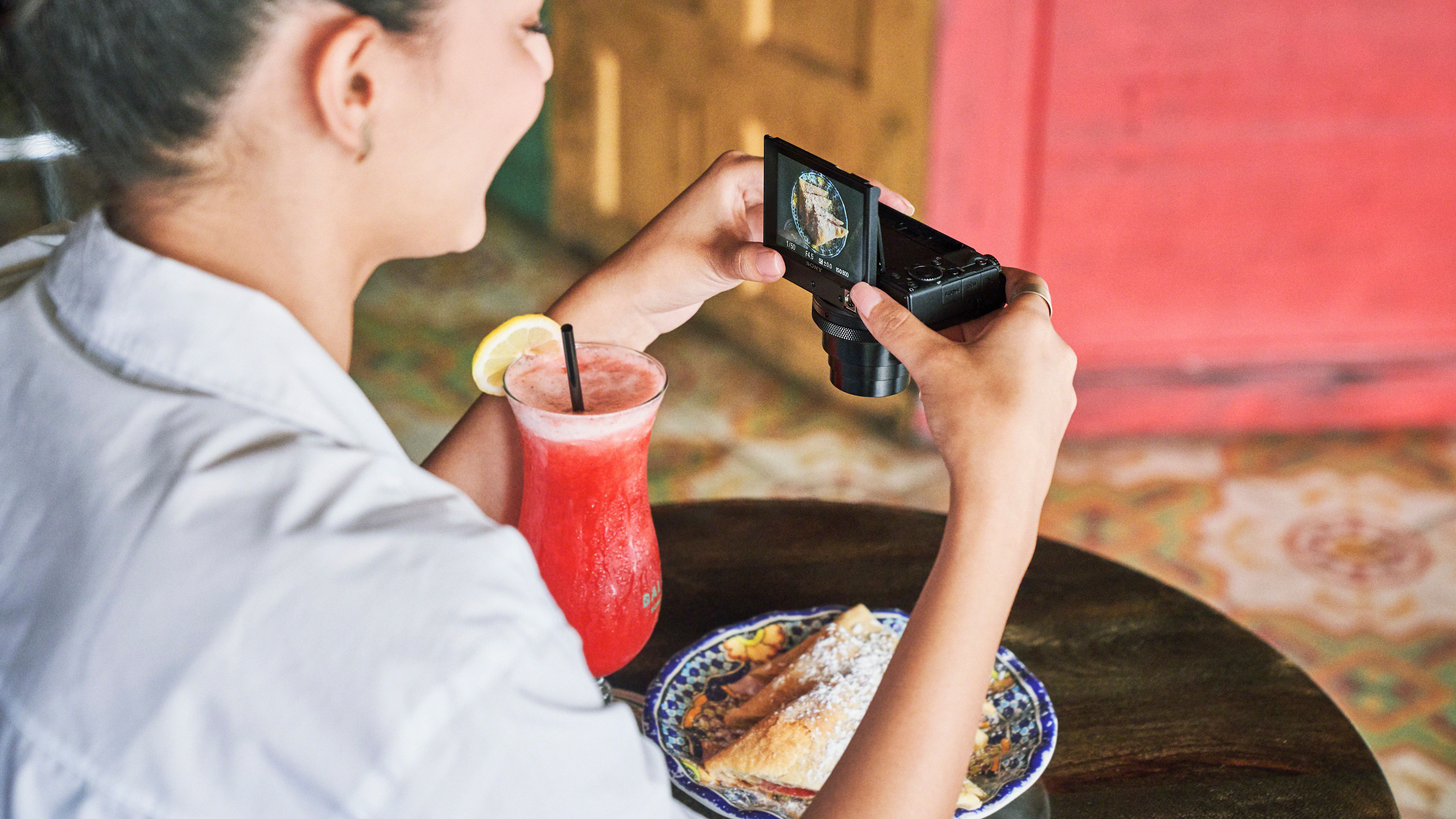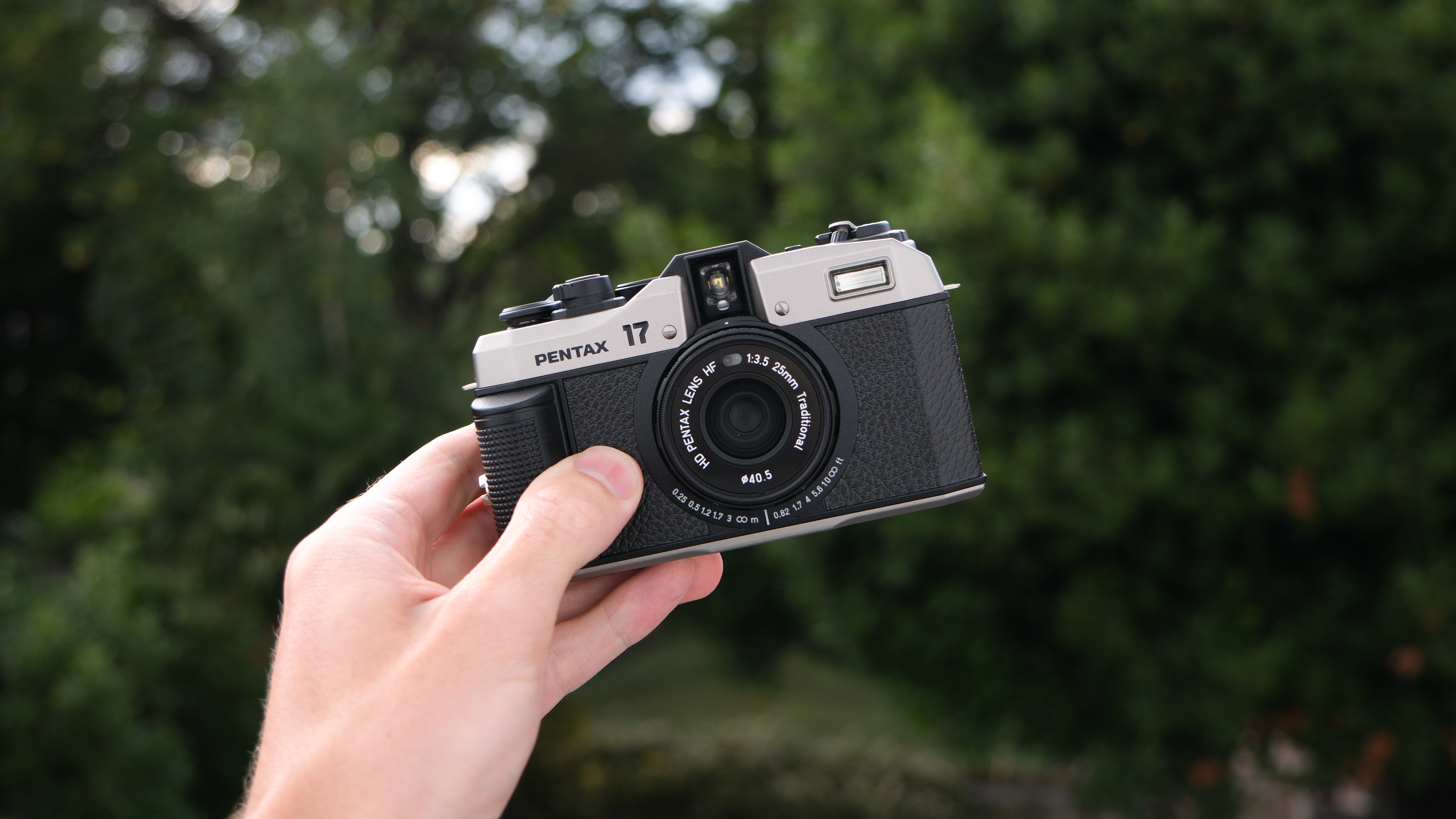Smartphones killed the point-and-shoot camera, but compacts still have a place
Despite the fact that the best smartphones can outshoot a compact camera, I'm still hoping point and shoots make a comeback

Do you remember the last time there was a new point-and-shoot camera announcement? And I'm including bridge cameras in this category too. I don't think Panasonic has released anything new since 2018 (the Lumix ZS200 was the last, also called the Lumix TZ200 and TZ220 outside the US), which was also when we last saw Canon launch a PowerShot S-series camera. Nikon may have outlasted most of the camera makers by announcing the Coolpix P950 (a bridge camera) in January 2020.
We've waited over two years for a new point-and-shoot (whether zoom compact or bridge) and I'm sure we're not going be seeing another one again. After all, smartphones these days take far better images (mostly using computational photography or software to achieve that goal), even the budget handsets.
And yet I seem unable to whip my iPhone 13 Pro out of my pocket to snap a quick picture, I still need to carry a 'proper' camera for everyday use and, for me, that's usually been a compact point-and-shoot like the Panasonic Lumix ZS100 (also called the Lumix TZ100 or TZ110 outside the US) that was announced back in November 2016.
Camera technology has come a long way since then and I've been hoping for a new model. I doubt I'm going to get one, but a girl can hope.

Dying a slow death
The point-and-shoot camera has been dying a slow death ever since Google's Pixel phones proved you don't need an expensive – albeit pocketable – camera to take great shots when you're just out and about.
The point-and-shoot camera's heyday was back in 2008 when shipment numbers were 120 million units. By 2013, sales had dropped by 40% and by 2016, global shipment numbers were reported to be just a tenth of what it was eight years prior – 12 million units.
According to American market research company NDP Group, point-and-shoots accounted for a whopping 52% of all photos taken in 2010, which dropped to 44% in 2011, when smartphones accounted for 27% of all photos taken (up 10% from 2010).
Get the Digital Camera World Newsletter
The best camera deals, reviews, product advice, and unmissable photography news, direct to your inbox!
Clearly smartphones have now overtaken point-and-shooters by miles. According to Flickr, Apple is the most popular 'camera brand', meaning iPhones account for the bulk of images on the photo-sharing platform, with Canon coming in second.
We keep talking about DSLRs being dead in the water but the CIPA October 2021 numbers indicate that more DSLRs were sold last year than point-and-shoots.

Bringing back the point-and-shoot
I'm not expecting camera makers to resurrect point-and-shoots – compact or bridge – but there's still a case to be made for their comeback. Several professional photographers carry one as a backup on their shoots, while there are plenty of people who are looking for a pocketable camera to take on everyday walks to capture an impromptu shot. As for bridge cameras, I've had several emails from readers over the years asking whether they're great on taking on a safari and I've always said yes.
Moreover, point-and-shoot cameras offer beginners the opportunity to hone their skills – I started my own photography journey with the now-discontinued Panasonic Lumix FZ18, using its manual mode to teach myself the nuances before upgrading to a DSLR.
And this example segues smoothly into the main reason why I think point-and-shoots still deserve their place – optical zooms. Admittedly smartphones these days offer huge zoom ranges exceeding 100x, but these are digital (or hybrid) zooms rather than optical and work by applying a crop factor. This results in degrading image quality the further in you zoom, even in the case of Samsung's 100x Super Resolution Zoom (which has a 10x optical zoom as foundation).
To retain as much of the image quality as possible, smartphone makers rely significantly on software. My old Panasonic gave me 18x optical zoom without any degradation of image quality completely zoomed out but it suffered when I added on its digital zoom.
Similarly, you'll find that the 15x optical zoom on the Lumix ZS200 not only gives you more reach, but also produces better results than the Samsung Galaxy S21 Ultra's 10x optical zoom. Don't believe how well zooms work on point-and-shoots? Just take a look at what can be achieved with the Nikon Coolpix P1000's 125x zoom!

Smartphones like the Huawei Mate 40 Pro might boast excellent dynamic range, but most other camera phones aren't able to match that. Several point-and-shoots, on the other hand, were designed for great dynamic range and hence preserve details in highlights and shadows a lot more.
For the average user, smartphones take the thought out of photography, allowing you to, quite literally, point and shoot without having to think about aperture, exposure and other settings. Sure, camera software on the most recent models gives users who want a little more control on their photography the ability to adjust settings like aperture, shutter speed and exposure, but you'll be able to control a lot more with a compact camera that has a manual mode, including ISO and picture style.
I'll be the first to admit that, given smartphone cameras in 2022 can outperform the best point-and-shoots (despite being mostly software driven), my arguments are rather flimsy. But this is coming from someone who's perhaps too old-school and needs a viewfinder to frame her shot well.
So I'm hoping someone makes a new point-and-shoot. My ideal one would be a lot like the Fujifilm X100V – which is a fixed-lens camera more advanced than a point-and-shoot – but with a retractable zoom lens (20x optical zoom too much to ask?) and a cheaper price point than the Fuji. So a retro look, an APS-C format sensor, full touchscreen implementation, built-in EVF, a top-plate dial for a manual mode, USB-C charging and a zoom lens with at least 20x optical extension costing about a grand (about £750 / AU$1,300).
Read more:
Nikon Coolpix P1000 review
Best travel camera
Best action cameras
Best 360 cameras

Along with looking after they day-to-day functioning of Digital Camera World in Australia, Sharmishta is the Managing Editor (APAC) for TechRadar as well. Her passion for photography started when she was studying monkeys in the wilds of India and is entirely self-taught. That puts her in the unique position to understand what a beginner or enthusiast is looking for in a camera or lens, and writes to help those like her on their path to developing their skills or finding the best gear. While she experiments with quite a few genres of photography, her main area of interest is nature – wildlife, landscapes and macros.
